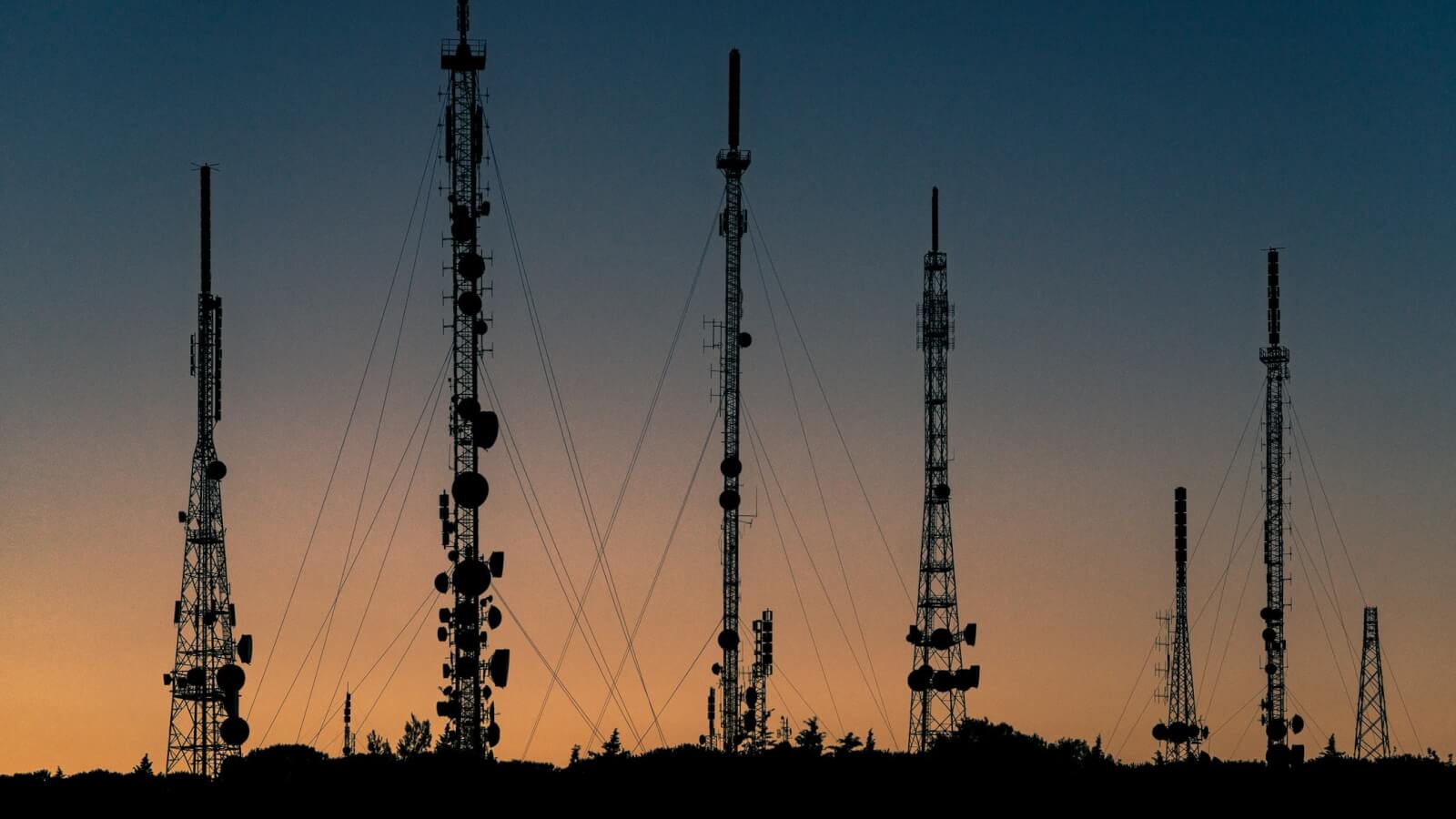5G is on everyone’s minds these days, and for good reason. Not only will 5G improve how we use and communicate with technology, it will also change how various technologies communicate with one another. And it means everything will happen a much faster pace with far greater reliability.
The Evolution of Wireless Technology
The evolution of wireless communication technology stretches back to the 1990s, when 2G was introduced (previous technology was just a network with voice call capabilities.)
- Faster average speed
- Higher peak rates
- Lower latency
- Better security
- Robust & reliable
During the 2G era there were a number of important advancements, such as GSM (Global Systems for Mobile Communication), which enabled data transfer at speeds that would make us laugh today (30-35 kbps), and GPRS (General Packet Radio Service) which operated on technology similar to that used by GSM, but with higher speeds (110 kbps).
With the introduction of EDGE (Enhanced Data rates for GSM Evolution) in 2003 we entered new territory. EDGE represented a major technological advancement, offering speeds of up to 135 kbps, and it laid the foundation for what was to be known as 3G.
With 3G, which offered speeds of up to 2mbps, we could now send or receive large emails and texts, browse the web, enjoy video streaming, and most importantly, we had better security. 3G was based mostly on EDGE and CDMA2000 (Code-division Multiple Access) technologies, and while CDMA2000 operated on concepts similar to EDGE, it also enabled multiple channels to communicate simultaneously.
4G ushered in the era of mobile Internet, and set several requirements for mobile networks, including mandating the use of Internet Protocol (IP) for data traffic, and enjoyed minimum data rates of 100 mbps. Essentially, it was an extension of 3G technology, with more bandwidth and services.
Now it’s 5G’s turn, and while in some ways its introduction can be seen as ‘the next step’ when it comes to wireless connectivity, in reality it is the next step in digitization.
What is 5G
The fifth-generation mobile network will not just improve how we connect with each other, it will bring great benefits to how we interconnect and control machines, objects, and devices, while delivering higher speeds, lower latency, and better security. It’s been designed to meet the high growth in data and connectivity of today, while also keeping a firm eye on tomorrow’s innovations. It will initially operate in conjunction with existing 4G networks, before evolving to fully standalone networks.
